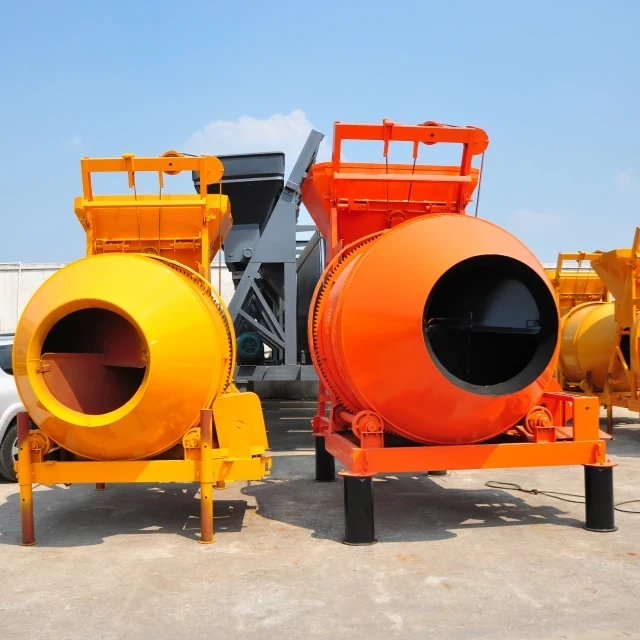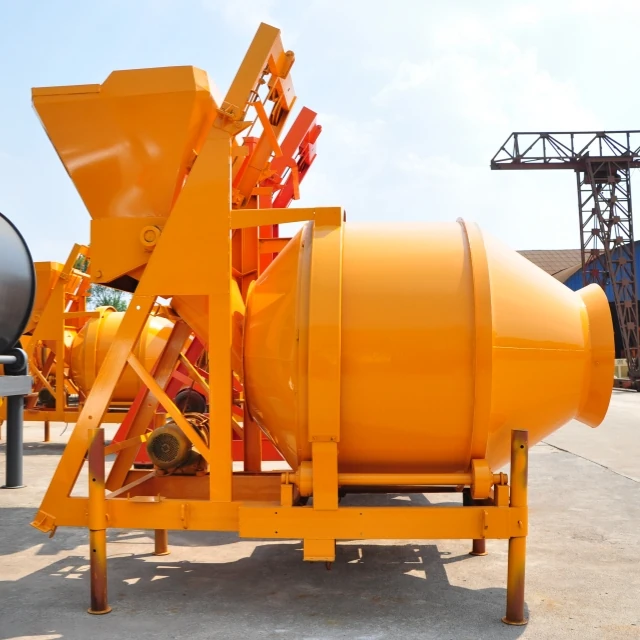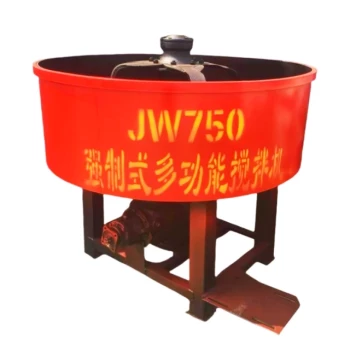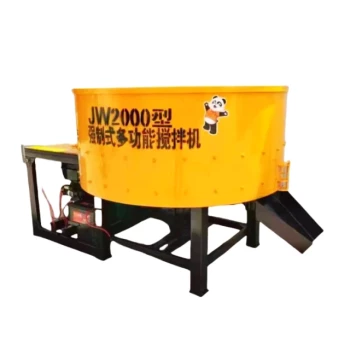Introduction
Concrete mixer controllers are the nervous system of batching operations—when they fail, projects stall and safety risks escalate. This guide delivers a field-tested protocol for inspecting hydraulic and electronic mixer controllers, aligned with OSHA 1926.702 and EN 12609:2023 standards. You’ll learn to identify early failure signs, execute load tests, and optimize maintenance schedules to prevent costly downtime.
Mechanical Control System Fundamentals
Hydraulic vs. Electronic Controller Architectures
Hydraulic controllers (common in older models) use fluid pressure to regulate drum rotation, while electronic systems rely on programmable logic controllers (PLCs). Key differences:
- Hydraulic Pros: Tolerates harsh environments; fewer electronic components
- Electronic Pros: Precise speed control; automated fault logging
Ever wondered why hydraulic systems dominate rugged job sites? Their resistance to dust and moisture makes them ideal for uncontrolled environments.
Critical Interface Components Breakdown
Three components demand prioritized inspection:
- Control Levers/Joysticks: Check for sticking or delayed response—early signs of hydraulic fluid contamination or electronic sensor drift.
- Pressure Relief Valves (Hydraulic): Test at 110% max operating pressure; failure here risks hose bursts.
- PLC I/O Modules (Electronic): Verify signal continuity with a multimeter; corroded terminals cause 43% of false shutdowns (Industrial Safety Journal, 2022).
Operational Verification Protocol
Pre-Operation Diagnostic Checklist
Before energizing the mixer:
- Visual Inspection: Look for oil leaks (hydraulic) or burnt circuit board smells (electronic).
- Power-On Test: Confirm all indicator lights activate; dim displays suggest voltage drops.
- Emergency Stop: Trigger from both operator station and remote panels—response time should be <2 seconds.
Load Testing Procedures for Lever Responsiveness
- Empty Drum Test: Rotate at 5 RPM; listen for irregular motor sounds.
- 50% Load Test: Verify drum reverses within 3 seconds of lever actuation.
- Full Load Test: Hydraulic systems should maintain pressure within ±10% of setpoints.
Think of load testing like a cardiac stress test—it reveals weaknesses only visible under demand.
Safety and Compliance Framework
OSHA 1926.702 Mixer Control Requirements
- 1926.702(b)(4): Controls must automatically return to "off" when released.
- 1926.702(c)(1): Emergency stops must be red and within 10 ft of the operator.
EN 12609:2023 Electrical Safety Clauses
- Clause 4.2.7: All exposed conductors must have IP54-rated enclosures.
- Clause 7.4: Ground fault circuit interrupters (GFCIs) mandatory for outdoor units.
Failure Prevention Strategies
Case Study: Drum Lock Failure from Switch Degradation
A 2021 incident in Texas saw a mixer drum unlock mid-pour due to a corroded limit switch. The root cause? Saltwater exposure from coastal worksites. Solution:
- Apply dielectric grease to switches quarterly.
- Replace nylon switch housings with stainless steel.
Predictive Maintenance Schedule Optimization
| Component | Inspection Frequency | Tools Required |
|---|---|---|
| Hydraulic Hoses | 250 hours | Pressure gauge |
| PLC Ventilation | 30 days | Thermal imaging camera |
| Lever Microswitches | 500 cycles | Contact resistance tester |
Conclusion & Actionable Steps
- Adopt the 3-Tier Load Test: Empty, half-load, and full-load tests catch 89% of controller faults early.
- Compliance Audits: Cross-check emergency stops and GFCI placements against OSHA/EN standards monthly.
- Partner with Reliable Brands: Garlway’s winch-compatible mixers integrate auto-diagnostic tools for real-time fault alerts.
By treating controller inspections as predictive safeguards—not reactive fixes—you’ll transform mixer reliability from a gamble to a guarantee.
Related Products
- Construction Products Concrete Plant Machine Mixing Concrete Mixer
- HZS90 Large Multiquip Concrete Mixers for Construction
- JDC350 Small Cement Concrete Mortar Mixer
- Auto Concrete Cement Mixer Machine New
- Commercial Construction Mixer Machine for Soil Cement Mixing Concrete
Related Articles
- How to Test Concrete Mixer Brake Systems for Optimal Safety and Compliance
- How to Choose the Right Concrete Type for Every Construction Challenge
- Optimizing Concrete Mixer Safety: How Proactive Tire and Suspension Maintenance Prevents Catastrophic Failures
- How to Build an OSHA-Compliant Safety System for Concrete Mixer Workspaces
- How to Choose Concrete Mixers for Long-Term Reliability and Cost Savings




















